Yan Jianchang: epidemic prevention and control and deep UV LED technology
From: China Lighting Network
At present, the novel coronavirus is still continuing, which has a certain degree of impact on industry and enterprises, and also affects people's hearts in all walks of life. Under this situation, under the guidance of the national semiconductor lighting engineering R & D and Industry Alliance, and the third generation semiconductor industry technology innovation strategic alliance, knowledge sharing during the epidemic period was started to help enterprises solve their doubts. Help our LED lighting enterprises and industries overcome difficulties together!
In this issue, we invited Yan Jianchang, a researcher at the Institute of semiconductors, Chinese Academy of Sciences, and deputy general manager of Shanxi Zhongke Lu'an ultraviolet photoelectric technology Co., Ltd. to share the wonderful theme of "epidemic prevention and control and deep UV LED technology". The following is the transcript:
Thank you very much for inviting me to do this report. The novel coronavirus has a fierce impact, which has a great impact on our daily life, industrial production and so on. My professional field is the epitaxial materials and chips of UV LED, because I have been engaged in this field. I would like to take this opportunity to share my personal thinking and understanding, hoping to help you.
1、 New coronavirus prevention and control, UV sterilization is recognized
At present, whether it is confirmed or suspected cases, the impact of a lot of people. The novel coronavirus has made great progress in its prevention and control, including treatment. From the perspective of prevention and control, experts from all aspects have given a lot of opinions on controlling the spread of the virus and eliminating the virus in various ways.
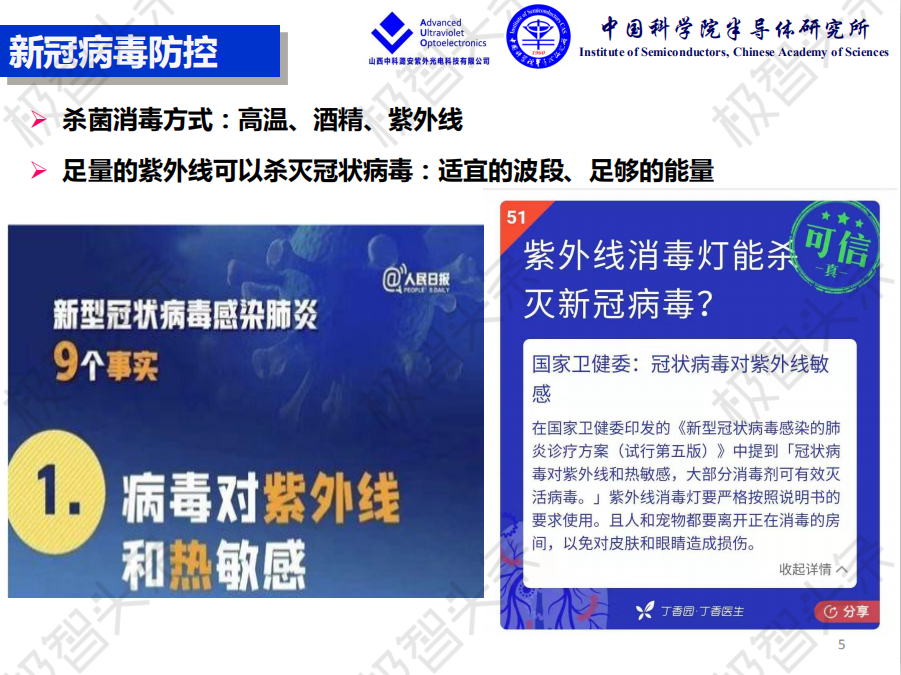
From the way of sterilization provided by the government, we can learn a lot of effective methods. Including direct high-temperature sterilization, using 75% alcohol, etc. In addition, ultraviolet disinfection is also clearly recognized. In principle, there is no problem with ultraviolet disinfection. However, two points need to be noted. For ultraviolet rays that can kill coronavirus or disinfect bacteria, first of all, the wavelength of ultraviolet rays is appropriate, which is called the appropriate band. At the same time, it also needs the energy of ultraviolet rays to be enough, that is, the dosage of ultraviolet rays should be enough.
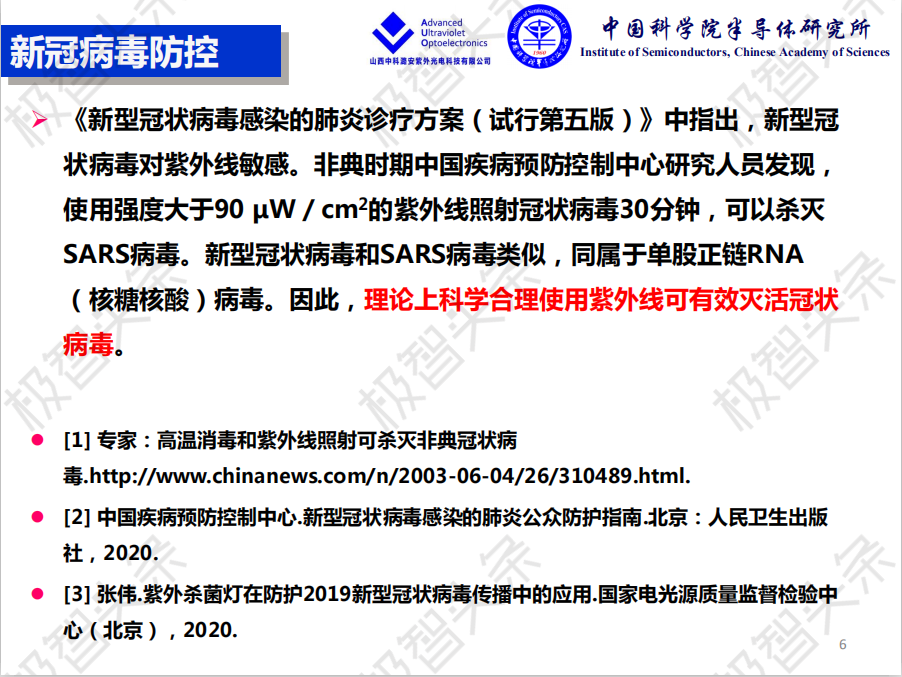
From the fifth novel coronavirus novel coronavirus diagnosis and treatment plan, we can see that the intensity of ultraviolet irradiation of SARS 90 cm watt per square centimeter can be used to kill the virus of 30 minutes, and the new coronavirus has many similarities with the SARS virus. Therefore, scientific and rational use of ultraviolet rays can effectively inactivate coronavirus. But it's important to note that ultraviolet light here needs to reach a certain intensity, and it needs to reach a certain time. In fact, if the intensity of irradiation is large, the time can be greatly shortened.
Ultraviolet sterilization is not a new thing. So far, it has a history of nearly 100 years. As early as 1903, Niels ryberg Finsen used ultraviolet light to treat skin diseases, published relevant monographs and won the Nobel Prize in physiology and medicine for a long time.
The reason why ultraviolet rays can effectively kill virus germs is that they destroy DNA fundamentally. Because the photon energy of ultraviolet is very high, it can destroy the DNA chain of bacteria and viruses, and kill bacteria and viruses from the root.
The killing effect of ultraviolet rays on bacteria and viruses is different. The traditional ultraviolet mercury lamp may be 253.7 or 254 nm. In fact, the most effective band may be more than 254 nm. According to the latest research results, near 264 nm, the sterilization effect of ultraviolet may be higher.
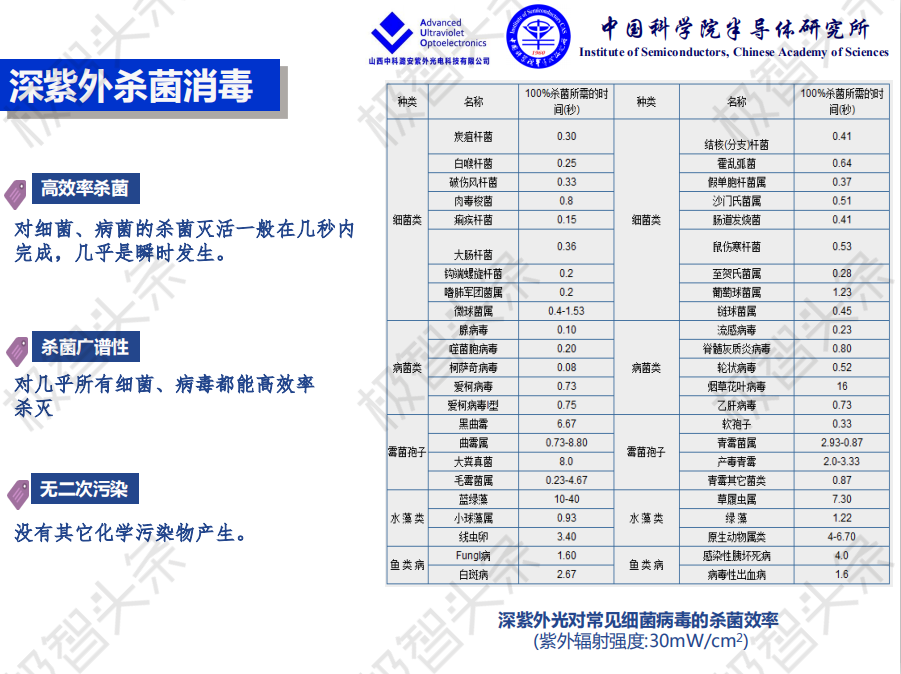
Based on this principle, it can be said that UV has the characteristics of broad-spectrum sterilization. Whether it is bacteria, viruses, algae, spores and other microorganisms, the killing effect is very significant and the efficiency is very high. Compared with other sterilization methods, ultraviolet sterilization has the advantage that after the exposure, there is no turning off the ultraviolet radiation, there is no chemical process involved and pollution.
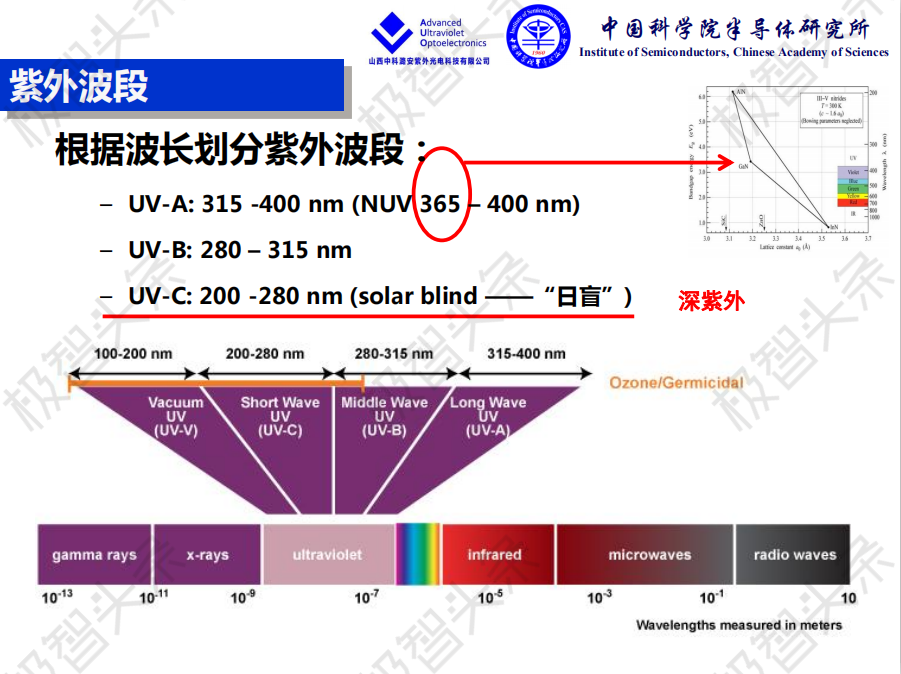
If ultraviolet ray is to achieve effective sterilization, it needs enough energy, including enough irradiation intensity and enough time, and also needs appropriate wave band. According to the wavelength, from long to short, the ultraviolet band is divided into UVA, UVB and UVC. Among them, UVC is the band with the shortest wavelength and the highest energy. We often call it deep ultraviolet band. In fact, for sterilization, the most effective is UVC.
Whether it is UVA or UVC, semiconductor materials can be used to achieve the corresponding ultraviolet emission.
2、 Advantages of UV LED light source
Traditional ultraviolet light sources include low / medium pressure mercury lamp, microwave electrodeless mercury lamp, etc. Compared with the traditional light source, the new ultraviolet light source is a cold light source and a future development trend of ultraviolet light source.
By adjusting the AI component of AlGaN material, the wavelength of LED can be adjusted from 200 to 365nm, covering the broad band from UV-A to UV-C. Compared with the ultraviolet light source of traditional mercury lamp, this is the advantage of AlGaN semiconductor material as UV LED light source.
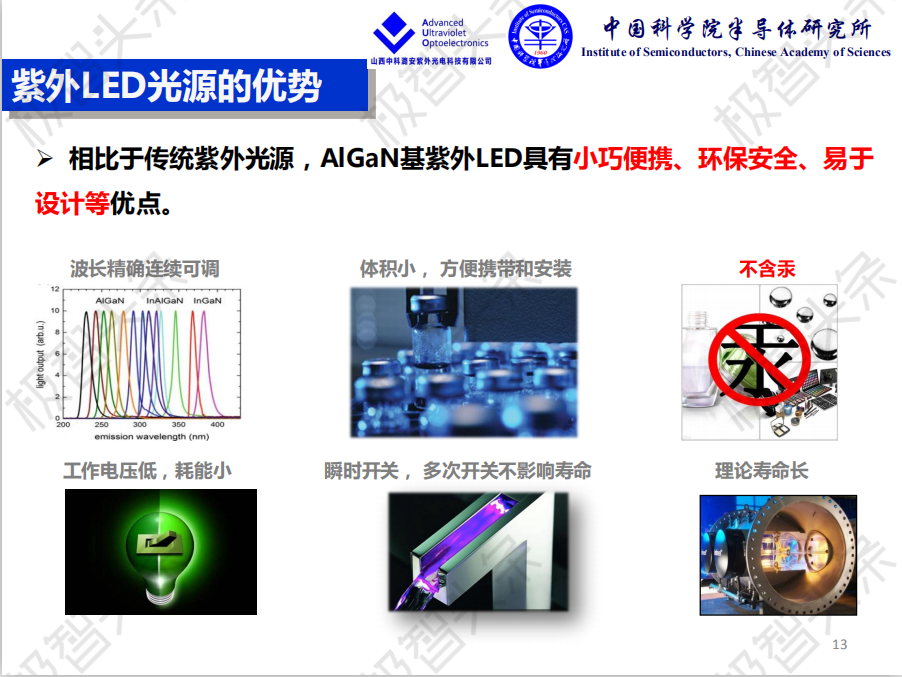
Compared with the traditional UV light source, AlGaN based UV LED also has the advantages of small and portable, environmental safety, easy to design and so on. A variety of light source designs can be realized.
In addition, the most important advantage of UV LED is no mercury material, no mercury environmental protection. According to the Minamata convention, the State Party has banned the production and export of mercury containing products from 2020. Of course, mercury lamp will not be banned at once. At present, ultraviolet LED cannot completely replace mercury lamp in terms of luminous efficiency. But in the long run, with the gradual improvement of the performance of UV LED, its luminous efficiency is expected to exceed that of mercury lamp in the future. From the perspective of environmental protection, it should be the general trend to gradually promote the use of UV LED.
3、 UV LED is widely used
The novel coronavirus can be efficiently killed by ultraviolet LED. This sterilization function is widely used in all aspects of daily life, such as drinking water, to ensure aseptic, non-toxic health and safety. In public environments such as high-speed rail, airplanes and railway stations, we hope that the air will be more hygienic and safe. In these scenes, sterilization can play a role.
In addition, there are many scenes that can be used for ultraviolet disinfection and disinfection to provide us with a safe and hygienic environment, including hospitals, sewage treatment plants, food factories, dairy factories, breweries, beverage factories and other links. The application environment is very wide.
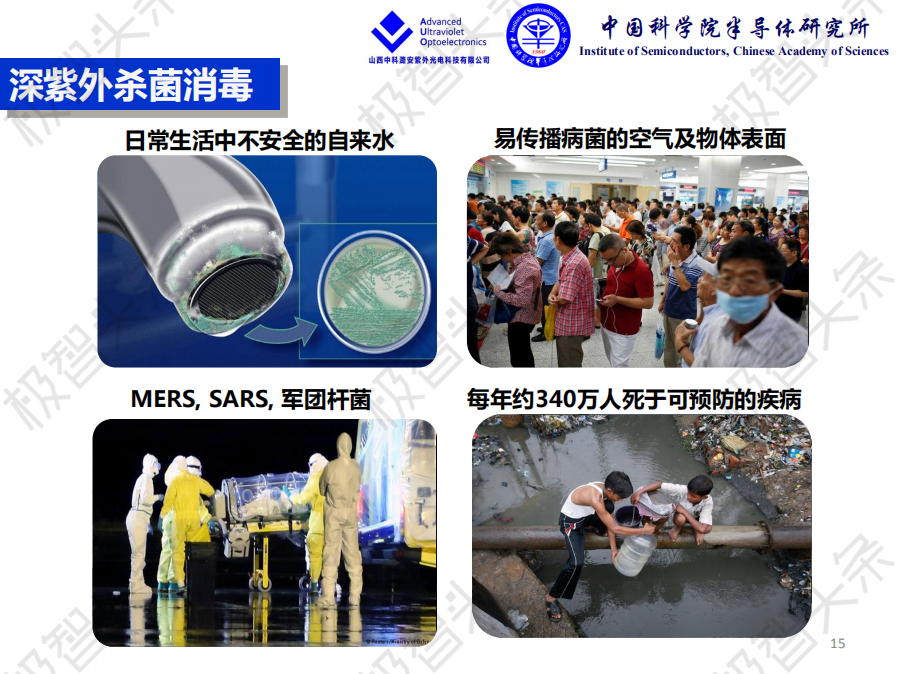
The size of UV LED is very small, which can give birth to some application requirements different from the traditional mercury lamp. For example, portable electronic disinfection products, elevator handrail sterilizer, sweeping robot and so on have appeared. This is where the traditional UV light source is difficult to apply. It is precisely the incremental emerging markets that UV LED can bring. These incremental markets are likely to be much larger than other traditional application markets.
In fact, the application of ultraviolet light source is far more than sterilization. It has broad application prospects in many other fields, including biochemical detection, sterilization and medical treatment, polymer curing and industrial photocatalysis.
The future of UV LED is very optimistic from my personal point of view. Future UV LED, from home to industry, all aspects of the possible use. In the future, it is possible to spawn a new trillion industry different from lighting.
4、 Status and difficulties of deep UV LED epitaxial chip technology
The future of UV LED is very bright, but the technical status needs to be improved. At present, UVA LED is relatively mature, EQE can reach 50-60%, more work in the future will focus on the development of application system level. The external quantum efficiency of UVB and UVC band deep ultraviolet LED is still relatively low, EQE is generally below 10%, and commercial products are basically 1% ~ 3%.
Therefore, if we want to talk about UV LED, we need to make it clear whether it is the near UV of UVA or the deep UV of UVB and UVC. The corresponding application difference of these two product forms is very big. At present, the conversion efficiency of deep UV LED products is basically 1% ~ 3%, which is relatively low.
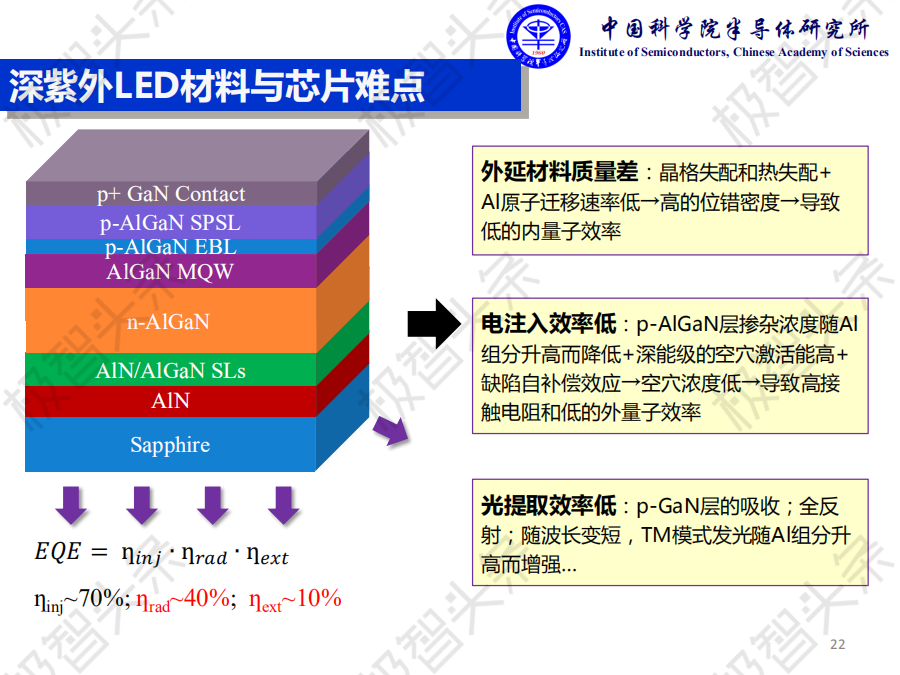
The reason why the quantum efficiency of UV LED is low is that the material limits the luminous efficiency. The main factors include poor quality of epitaxial materials, low efficiency of electric injection and low efficiency of light extraction. Starting from the material is the fundamental to solve the problem of deep UV LED.

5、 Research progress of deep ultraviolet LED epitaxial chips
UV LED materials are closely related to the substrate. At present, sapphire substrate material is the most commonly used material. How to reduce the dislocation density is a core problem of material or epitaxy. At present, a variety of methods are being studied and explored at home and abroad, hoping to effectively reduce the density of defects and dislocations in materials.
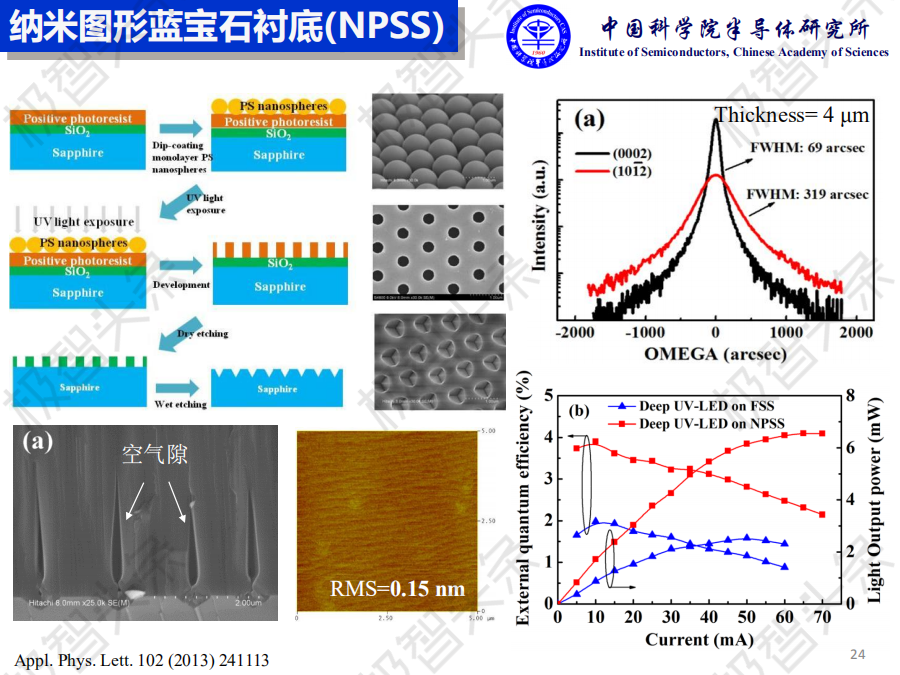
In my opinion, one of the most important technologies is nano patterned sapphire substrate (NPSs) technology, which is important in two aspects. One is that through this method, the dislocation density of materials can be reduced, the quality of materials can be improved, and the stress and other problems can be alleviated. On the other hand, this technology has also greatly improved the low luminous efficiency of UV LED.
In summary, nano patterned sapphire substrate (NPSs) technology can improve the performance of UV LED from material to light, which can greatly improve the performance of UV LED. I think it will become a mainstream technology in the industry in the future.
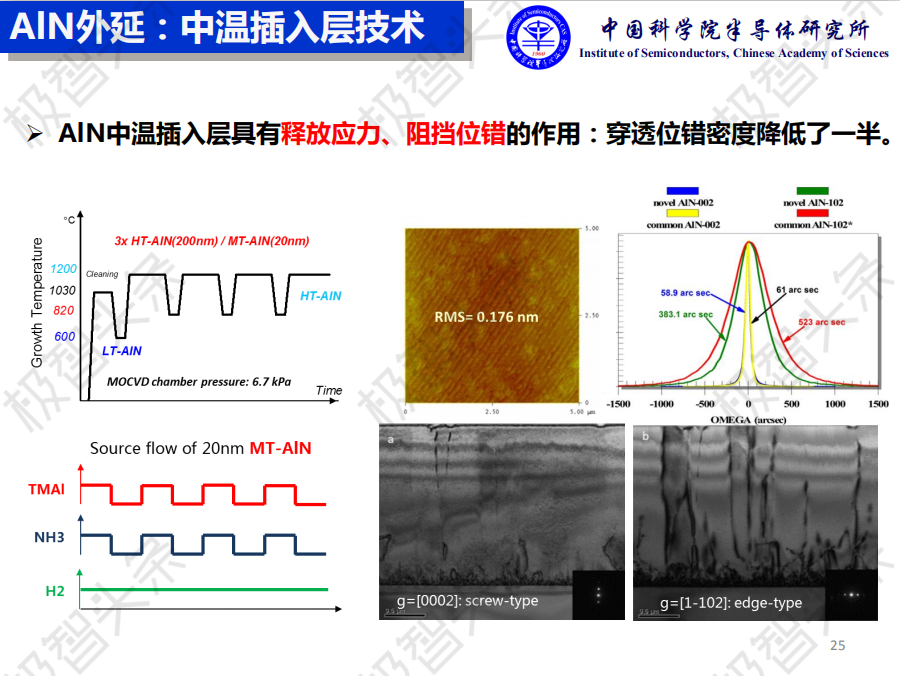
It is a technique of inserting dislocation into AlN, which has the function of releasing stress.
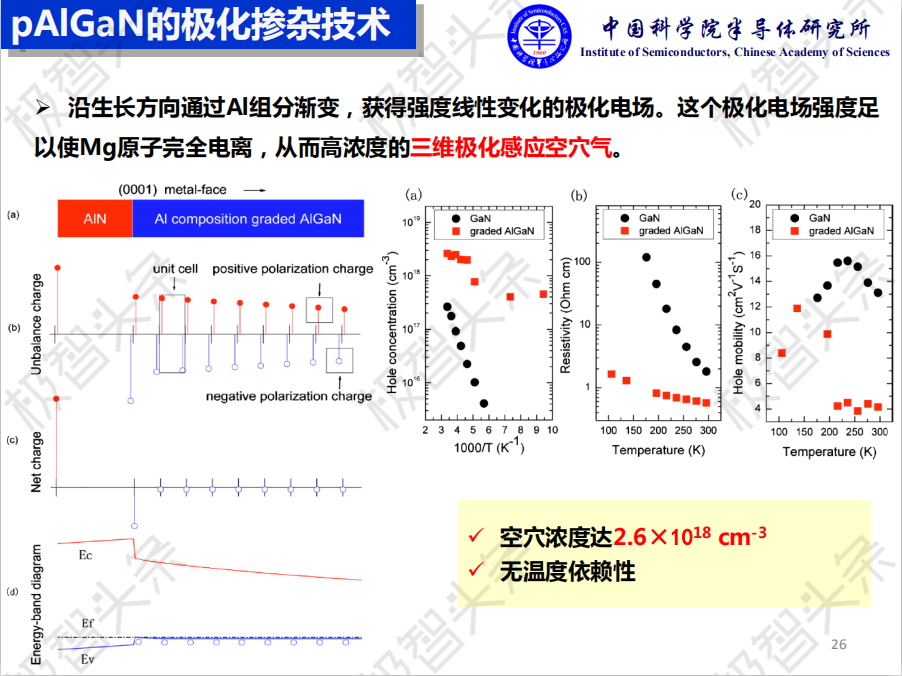
For AlGaN materials, p-type doping is also a difficult problem. For this problem, there are many methods to explore, and I am more optimistic about the application of palgan polarization doping technology for ultraviolet light source.
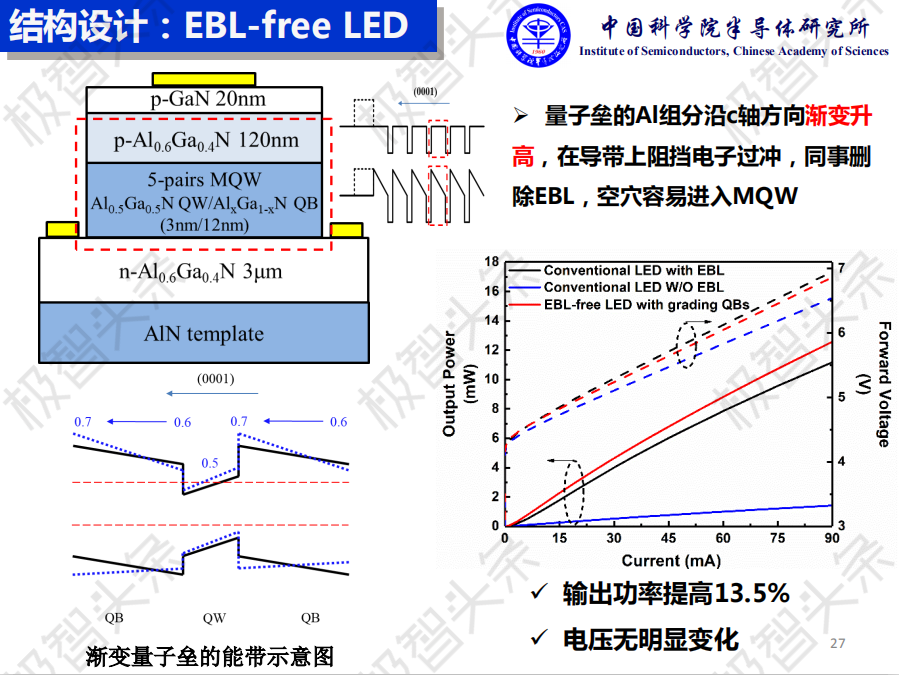
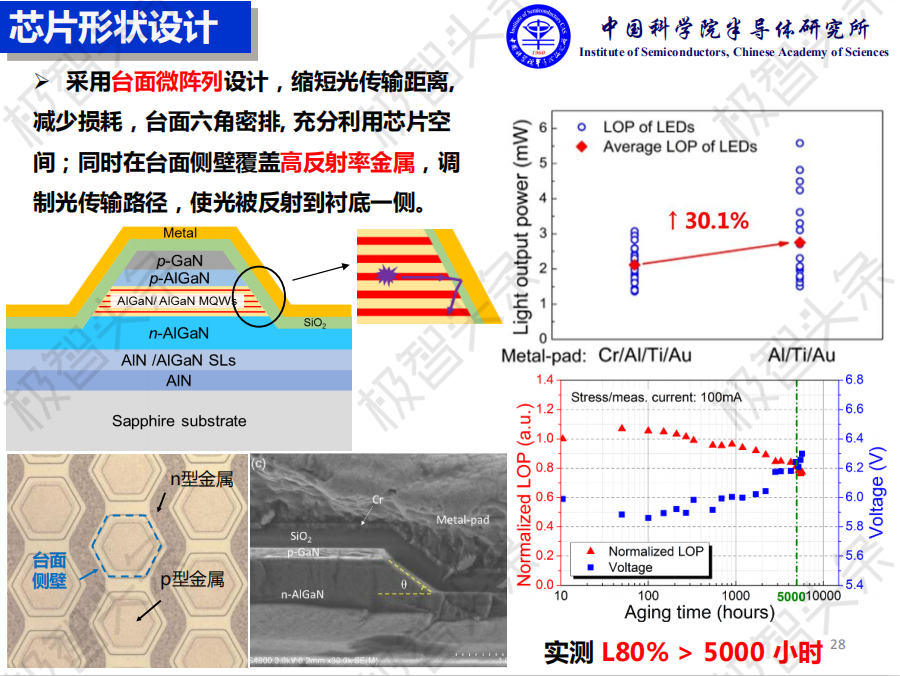
The high aluminum component material of deep ultraviolet LED brings a series of problems. It is an important part of our research work to improve or enhance the quantum efficiency from the structure design of quantum well, and to improve the light extraction efficiency and light output efficiency at the chip level.
In fact, these methods are not only through laboratory research, but also can be applied to industrialization.
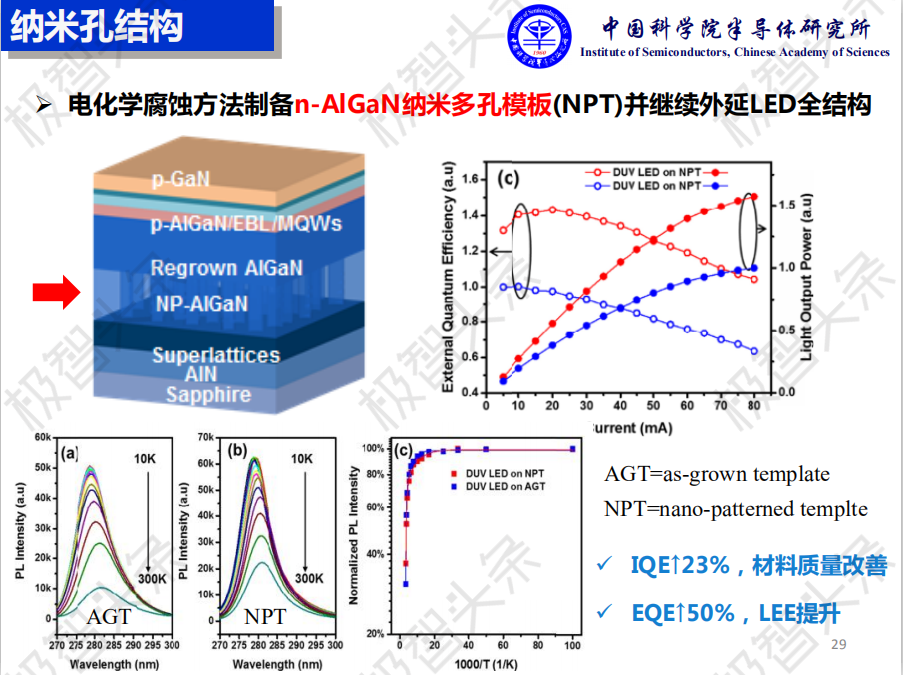
At present, we are also exploring the application of nano technology or micro nano technology to UV LED.
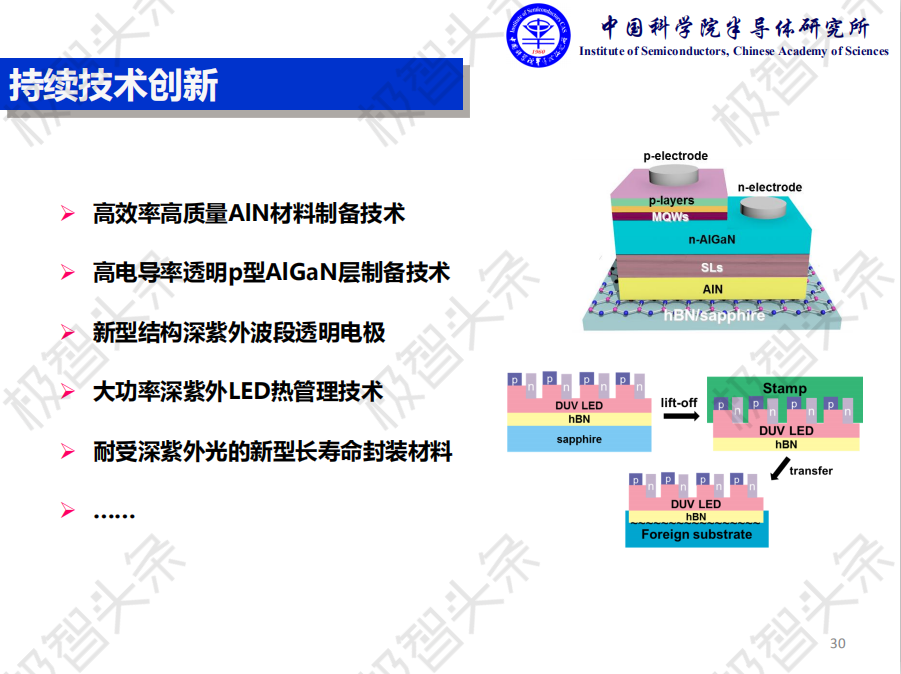
It is believed that in the next three to five years, the electro-optic conversion efficiency of UV LED should be increased to more than 15%, or even more than 20%. It can be compared with mercury lamp. In order to achieve this goal, we need not only material upgrading, but also chip level technology, such as transparent electrode, thermal management, packaging technology and other aspects of technology.
In general, the R & D of UV LED technology has made rapid progress in the past two or three years due to more and more attention. As more and more people join the research or industry of UV LED, I believe that the future UV LED technology will be a state of accelerated progress.
Liu and the alliance actively layout and promote the construction of UV LED standardization system
Q & amp; a: the existing national standard of ultraviolet germicidal lamp GB / T 19258-2012 "ultraviolet germicidal lamp", but this standard only aims at traditional light source. Does UV LED light source have relevant domestic and foreign product standards and requirements?
Yan Jianchang: This is a good problem. The existing UV standards are based on the traditional mercury lamp. At present, a series of standards from test to application are urgently needed for UV LED light source. At present, from the perspective of the industry, relying on the national semiconductor lighting engineering research and development and Industry Alliance (CSA), a special ultraviolet Committee has been set up to promote a series of work on the formulation of UV standards. We are also looking forward to your suggestions and contributions.
Gao Wei, Deputy Secretary General of Standards Committee of national semiconductor lighting engineering R & D and Industry Alliance: with the development of technology, interdisciplinary and application integration, new application fields are constantly emerging, and standards need to be improved. Compared with the traditional UV mercury lamp, UV LED is environmentally friendly and pollution-free, and has a wide application prospect.
In the aspect of deep ultraviolet disinfection, standardization is facing a series of challenges. For example, ultraviolet mercury lamp sterilization is mainly at 253.7nm, while UVC led wavelength is mainly distributed at 280nm, which brings a series of differences for the follow-up application solutions.
In order to fill in the blank area of standardization, the Standardization Committee of the alliance gave full play to the advantages of group standards in rapid response to market demand, carried out research on measurement, standards and testing, actively arranged the standardization system, compiled the report on the standardization system of UV LED, and launched the technology and application of UV LED Terms and definitions, UV LED sterilization technology report, the future will gradually build a new standardized system to match the scale of UVC LED market.
In June 2014, when leaders from the Counselor's office of the State Council and the National Standards Commission investigated the work of CSA standardization, Yin Minghan, chief engineer of the National Standards Commission, said that CSA was a "fresh sample" of the standardization work of the alliance;
In June 2015, CSA was approved as the first group standard pilot unit of National Standards Commission;
In April 2016, CSA was approved as "standardization pilot demonstration unit of Zhongguancun national independent innovation demonstration zone";
In October 2016, t / CSA 016 won the second prize of 2016 "China standard innovation contribution award", which was the first group standard to win the award;
In June 2017, CSA was approved by AQSIQ, the Ministry of science and technology, and the National Standards Commission as the "pilot unit of the first batch of scientific and technological achievements into technical standards";
In January 2020, CSA, as a joint cooperation unit, won the first prize of "National Science and Technology Progress Award" in 2019 together with other 9 units such as the semiconductor Institute of Chinese Academy of Sciences. This award highly affirms the contribution of CSA Alliance Group standardization work to industrial development.
Comparison of driving circuits for deep UV uvc-led
Technical sharing · July 3, 2019 · 2652 views
UV in the refrigerator can play a role in sterilization
Technology sharing · November 15, 2017 · 910 views
Development of deep UV LED
Technology sharing · December 6, 2020 · 1309 views
How to evaluate the sterilization effect of UV LED
Technology sharing · February 28, 2020 · 1815 views
It does not destroy the nutrition and flavor. UVC ultraviolet is perfect for juice sterilization
Technology sharing · November 3, 2018 · 727 views
Topic sharing: deep UV uvc-led
Technology sharing · February 20, 2020 · 1177 views
Zhang Hao: evaluation and application of UVA led photocatalysis technology for air sterilization and disinfection
Industry Information, February 15, 2020, viewed 1104 times
Biological safety of 222 nm lamp for sterilization
Industry news, December 19, 2020, 2084 views
